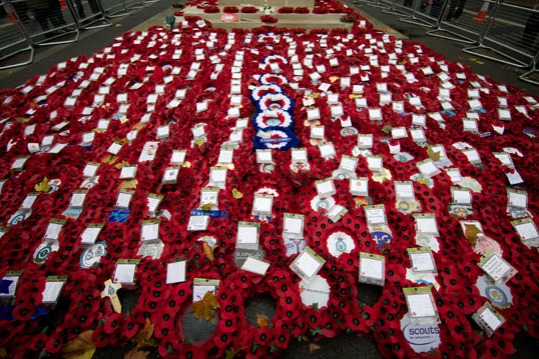In retailing, getting better beats getting bigger

Much has been learnt in the past 10 years, and yet there is still much to learn
Foreign retailers entered China in the 1990s, marking the beginning of 10 years of transformation of retailing in China. The first wave of entrants consisted of players such as Carrefour, Walmart, AS Watson, Yum! and McDonald's. They introduced ways of trading that were a radical, new experience to Chinese consumers.
Take Carrefour as an example. When it entered China in the early 1990s, Chinese consumers were mostly buying daily groceries in wet markets or traditional small, family run outlets. Modern hypermarkets were revolutionary. Consumers could buy fresh produce and daily necessities in large, clean, brightly lit, air-conditioned space; the products on offer gave shoppers a huge range of choice. Stores sometimes organized performances on Sunday so the whole family could shop while being entertained (a "retail-tainment" concept).
Few people owned cars, so the hypermarkets arranged shuttle buses to pick up shoppers. Not only was it a different retail concept, the foreign hypermarkets introduced the best practices in supply chain management and in in-store operations.
Players like Walmart pioneered the use of a centralized distribution center and advanced information technology, by-passing the inefficient layers of middlemen who were common in China then and ensuring efficient management of inventory. They exerted larger bargaining power with suppliers.
The efficiency allowed the cost saving to be passed on to consumers, allowing a more pleasant shopping environment, with competitively priced offerings to boot.
In the 1990s there were still many constraints on foreign retailers operating in China - in terms of location and ownership structure.
Nonetheless, this has not stopped them from transforming the way things are done, especially given the significant growth of affluent and middle-class consumers in the top-tier cities, consumers who desired a better shopping environment, more choice and higher-quality products.
The success of foreign retailers has prompted many local retailers to transform themselves in how they are run, how they present themselves and what they sell.
The process accelerated with the formal WTO agreement enacted in 2001. Thus modern trading has expanded rapidly in the past 10 years and supplanted the old ways.
The years of liberalization have also resulted in waves of consolidation. Foreign retailers wanted to expedite entry by buying existing players, and regional local players built national presence through cross-regional acquisitions.
Retailers realized that scale was important and that with the pace of market development, organic growth could be too slow.
However, not all mergers were equally successful, and large challenges were encountered often in integrating players with very different management cultures and systems. Despite the trend to consolidate, the Chinese market remains more fragmented compared with more developed markets.
Future opportunities and challenges ahead
Today some of the top-tier cities have shown signs of saturation given the high density of some modern-trading formats. A good example is Shanghai, whose density of hypermarkets (close to 15 outlets per million population) and convenience stores (close to 1 store per thousand population) put it top of the rank even by developed market standards. But there is still significant potential in the low-tier cities.
One of the key drivers is the growth of affluent and middle-class people in China. The number of such people has risen by more than 250 million, and with nearly 200 new cities with more than 250,000 people in that category to emerge in the next 10 years there is a significant untapped opportunity for both foreign and local retailers to grow.
Nonetheless, one needs to recognize that lower-tier city consumers behave in a particular way, and it is important not just to apply the top-tier city model directly to lower-tier cities - everything from the store layout, size, selection of products/brands and display/promotion activities will be quite different in lower-tier cities.
In order to cover a much larger geographic area, many retailers will need to make sure that they have sufficient talent to cope with the growth and that their internal management systems and supply chains are designed to cope with the much larger scale of operation.
On the other hand, growth from opening new stores will become increasingly challenging in top-tier cities - good real-estate locations become more expensive to obtain and competition is also fierce.
Players will increasingly need to resort to improving productivity to drive growth - better supplier and supply chain management; cooperation with suppliers in jointly developing business and understanding consumer insight; stronger category management to balance the right mix of assortments and cost of stocking more products and brands.
After more than a decade of shopping in modern retail settings, top-tier city consumers are also looking for more as their income grows and lifestyle evolves. New formats that cater to the needs of different consumer segments are likely to be the trend.
Overall, there is still significant potential for growth in China's retail market.
The author is a partner and managing director in the Hong Kong office of The Boston Consulting Group.
Today's Top News
- Xi calls for promoting volunteer spirit to serve national rejuvenation
- Xi chairs CPC meeting to review report on central discipline inspection
- Reunification will only make Taiwan better
- Outline of Xi's thought on strengthening military published
- Targeted action plan to unleash consumption momentum
- Separatist plans of Lai slammed






























